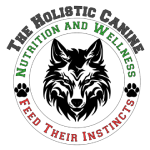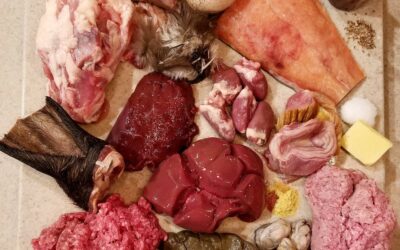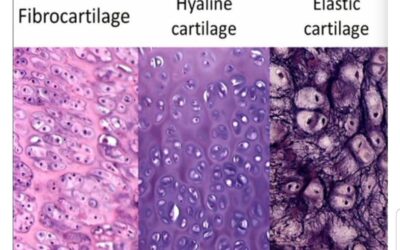Franken what?! When it comes to raw feeding, the idea is to mimic a diet closest to what nature provides for her Facultative Carnivores. But unless you are letting your dog hunt for his meals, graze out in the open fields or garden, and catch insects, he isn’t getting a truly biologically appropriate, or “natural,” diet. Many raw feeders mistakenly attempt this by feeding their dogs what is known as the Prey Model Raw (PMR). PMR is, however, a diet model for Obligate Carnivores such as cats, not Facultative Carnivores- our dogs. PMR restricts feeding any vegetables and fruits, something wild dogs in nearly every part of the world do consume at a near 14% frequency. But even if you were to offer PMR, you would need to offer your dog the whole prey for the meals to truly resemble the wild meal. Realistically, 98% of us pet owners are not in a position to let our dogs hunt, or go out and cull one of our chickens or quails, grab a rabbit from our stash, or shoot an old bull or goat out in our pasture to let our dogs have at it. So what are we to do? We can offer “Frankenprey” with the addition of vegetation to mimic the wild diet.
The Frankenprey model allows you to create what would mimic whole prey, or at least get as close to it as possible, by piecing together animal parts that you can obtain from your grocery store and local butchers/farmers. You can use various ratios to create the Frankenprey. This can include 80/10/10 or 65/15/10/5/5 or 70/10/5/5/10. A meal may include the following: 70-80% muscle meat (15% of that being organ muscle such as heart, gizzard, and lung), 10% bone (some dogs need 12%, puppies need 15% bone), 5% liver, 5% other secreting organ(s) (such as kidney, pancreas, spleen), and 5-20% vegetable/fruit puree. Some raw feeders find adding yogurt, kefir, goat’s milk, or cottage cheese beneficial as well. Many dogs do very well with up to 25% veg/fruit (cyclical) for therapeutic purposes and added phytonutrients. (Wolves can survive on high plant percentages for extended periods in the absence of prey). You may choose to use a simple 80/10/5/5 ratio and add a veg/fruit/kefir/yogurt mix separate from mealtime as a treat or snack.
How might a Frankenprey meal look for a medium size dog? Chicken thigh with skin and bone-in (30-40% of meal), ground grass-fed beef, beef heart or chicken heart, a chicken or turkey gizzard, calf liver, beef kidney or pork spleen, 1 oz. sardine, one chicken neck, one chicken foot (paw), feathers, whole egg (or egg yolk), ground hemp seeds or pumpkin seeds, and veg/fruit puree with AVC. Remember, these are just ingredients, not amounts! You will have to weigh the food and feed each ingredient in ounces or grams to create the ratio. Or, you may wish to create a single animal using all its parts such as ground turkey with skin (breast and dark meats), turkey neck and/or wing, turkey heart, turkey gizzard, turkey lungs, turkey liver, turkey kidney, feathers, beak or foot, and a veg/fruit puree with the meal or separate. Add a small amount of fish (or krill oil) with flaxmeal/flax seed oil or chia seeds to balance fats. Why is fat balancing so important? Farmed animals do not have the correct fat to protein ratios that wild prey has. Nor do they have the correct fatty acid needs for a dog due to inappropriate farming practices and feeding grains to grazing animals. Thus, we need to amend the fat to protein ratios and essential fatty acid ratios.
For more information on creating raw meals, ask for The Holistic Canine’s Raw Feeding Guide.
©2018 Kimberly Lloyd, PhD, BCHHP, Cert Raw Dog Nutritionist



